The three countries with the largest land area in the world are Russia, Canada, and the United States. Russia holds the title for being the largest country in the world, covering 6,612,100 square miles (17,098,246 square kilometers). Canada comes in second, with a land area of 3,855,103 square miles (9,984,670 square kilometers). The United States follows closely behind, covering 3,796,742 square miles (9,833,517 square kilometers). Other countries in the top 10 with significant land areas include China, Brazil, Australia, India, Argentina, Kazakhstan, and Algeria. China spans an area of 3,705,407 square miles (9,596,961 square kilometers). Brazil has a land area of 3,287,595 square miles (8,515,767 square kilometers). Australia occupies 2,967,909 square miles (7,692,024 square kilometers). India covers an area of 1,269,346 square miles (3,287,263 square kilometers). Argentina has a land area of 1,073,518 square miles (2,780,400 square kilometers). Kazakhstan spans 1,052,089 square miles (2,724,900 square kilometers). Algeria has a land area of 919,595 square miles (2,381,741 square kilometers).
1. Russia
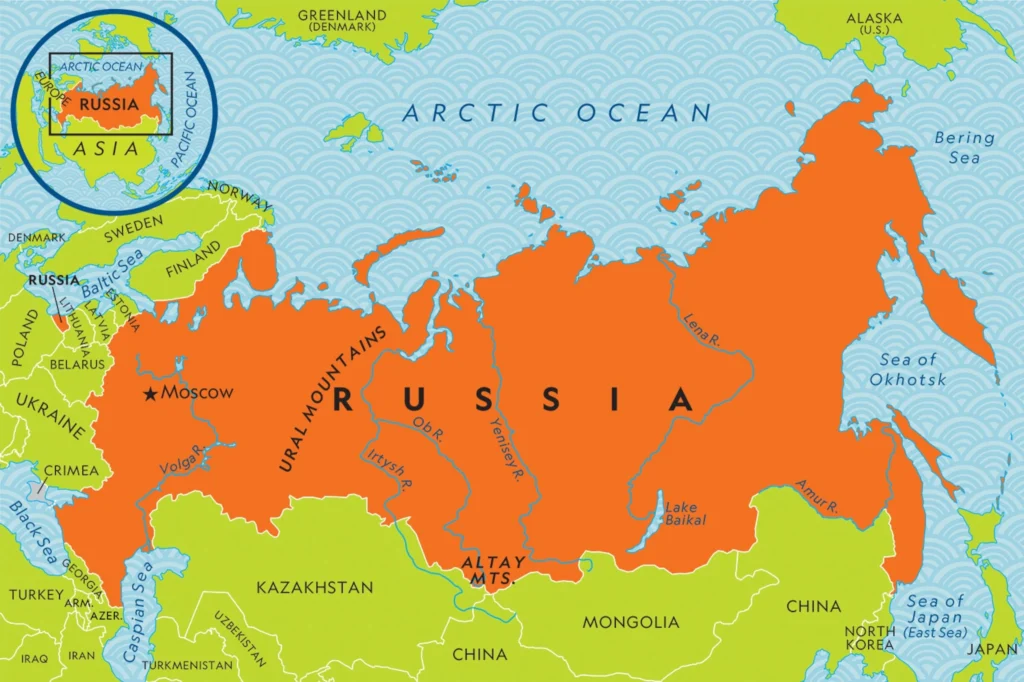
Russia, located in Eastern Europe and Northern Asia, has a history that dates back to the 10th century when it was first unified as a state. Presently, Russia is a semi-presidential republic and boasts one of the largest economies in the world. The capital and largest city of Russia is Moscow, which houses the iconic Kremlin. Several countries share borders with Russia, including Belarus, Ukraine, Kazakhstan, Georgia, Azerbaijan, and Finland. Russia is home to the majority of the world’s Russian-speaking population and is a significant exporter of energy resources. The country has a captivating history that spans centuries, and in 1991, it underwent dissolution, leading to the establishment of the Russian Federation. Russia holds a prominent position as a major economic power, heavily reliant on the export of oil, natural gas, and other valuable resources. Additionally, Russia is a key player in the global arms trade and possesses a technologically advanced military.
2. Canada
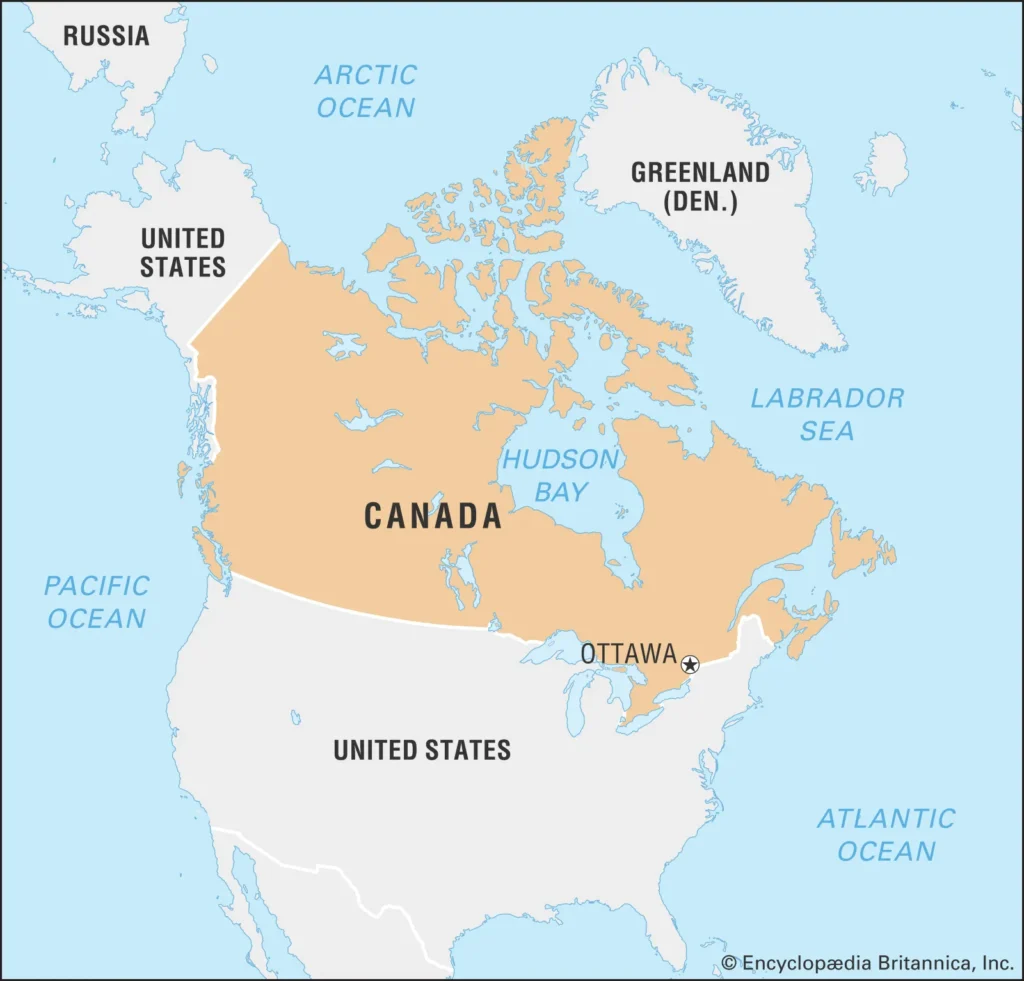
Canada, the second-largest country in the world, covers over 3.85 million square miles. With a population of over 37 million people, it ranks as the 38th most populous country. Located in North America, Canada has a rich and diverse history. Indigenous peoples inhabited the land for thousands of years before the French and British colonized it in the 1600s. Canada achieved independence in 1867 and became a sovereign nation. Today, Canada operates as a parliamentary democracy. It is also a bilingual country, with English and French as its official languages. Ottawa serves as the capital and largest city of Canada. The city is known for housing the Parliament Buildings and the residence of the Prime Minister.
3. United States
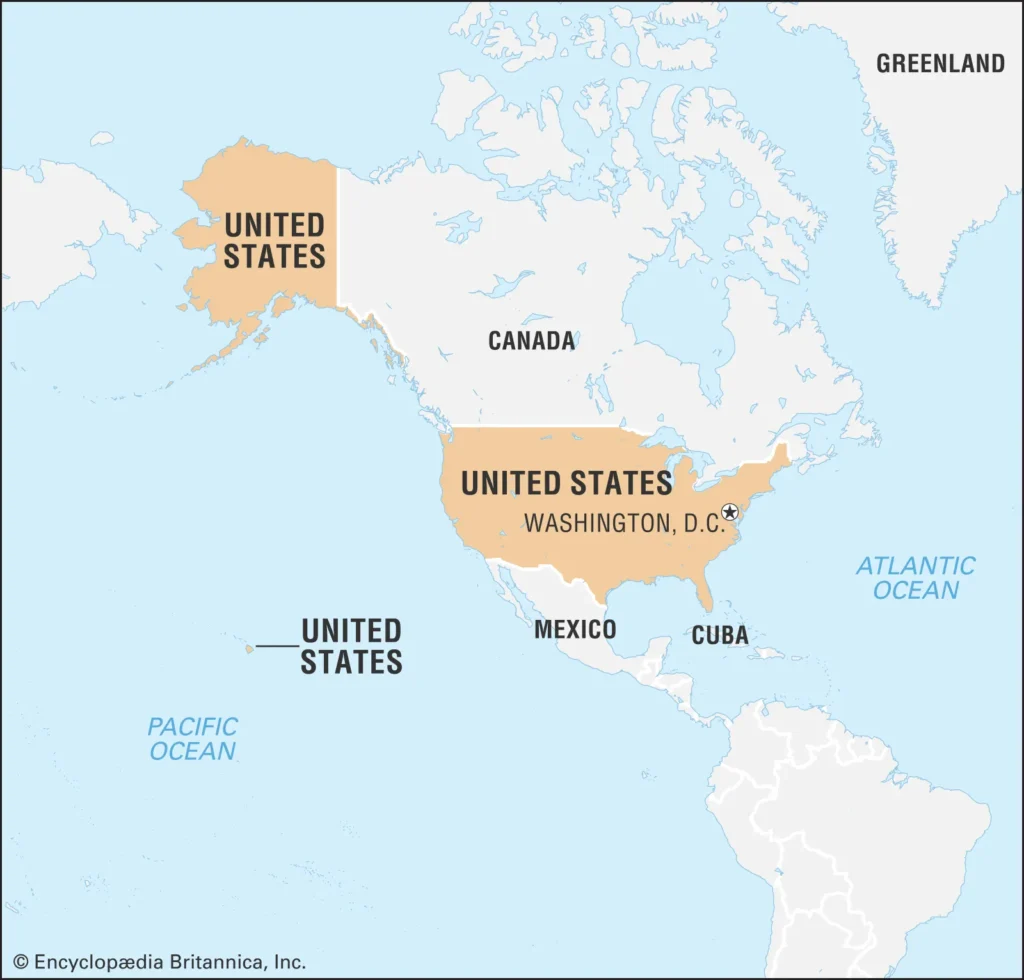
The United States, with a total area of over 3.8 million square miles, ranks as the third largest country globally. With a population of approximately 328 million citizens, it stands as the third most populous nation in the world. Established in 1776, the United States is a country located in North America with a rich and significant history. Throughout its existence, the United States has experienced various transformative events, including the Civil War and the Great Depression. Presently, the United States operates as a federal republic and boasts the largest economy globally.
4. China
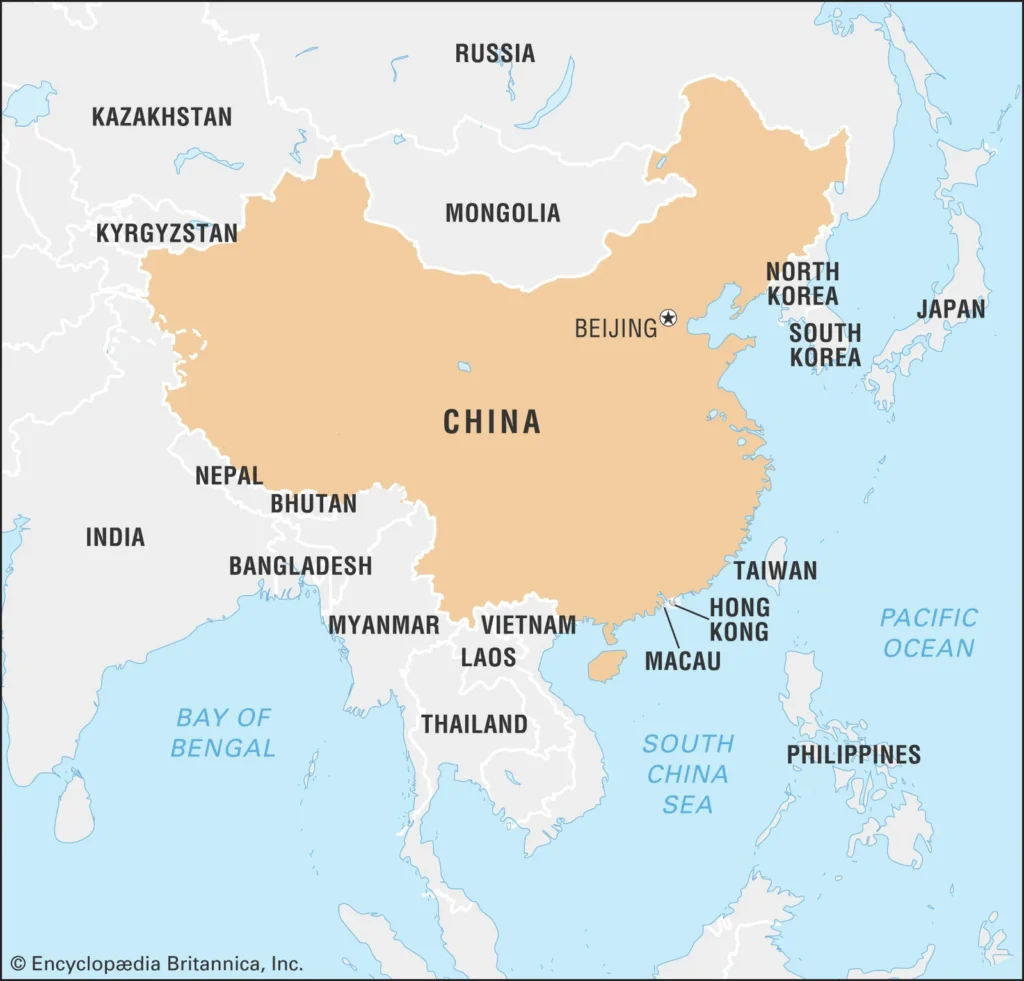
China, with a total area surpassing 3.7 million square miles, ranks as the fourth-largest country globally. Boasting a population of nearly 1.4 billion, China is the most populous nation in the world. Situated in East Asia, China has a rich and intricate history, marked by its unification as a state in 221 BC. Over the course of its existence, China has witnessed significant transformations, such as the Cultural Revolution in the 1960s and the economic reforms in the 1980s. Presently, China operates as a socialist republic and holds the position of the world’s second-largest economy. Beijing serves as the capital and largest city of China, featuring renowned landmarks like the Forbidden City.
5. Brazil

Located in South America, Brazil boasts a rich and varied history that dates back to its colonization by the Portuguese in the 1500s. In 1822, Brazil gained independence and became a sovereign nation. Presently, Brazil operates as a presidential republic and holds the position of the largest economy in South America. The capital and largest city of Brazil is Brasília, which houses iconic landmarks like the Palácio do Planalto. Brazil is known for its vibrant and diverse culture, making it one of the most visited countries globally. Portuguese is the official language of Brazil, and the country enjoys a strong economy, particularly in its large industrial sector. With one of the largest consumer markets in the world and a thriving tourism industry, Brazil offers a wide range of attractions.
6. Australia
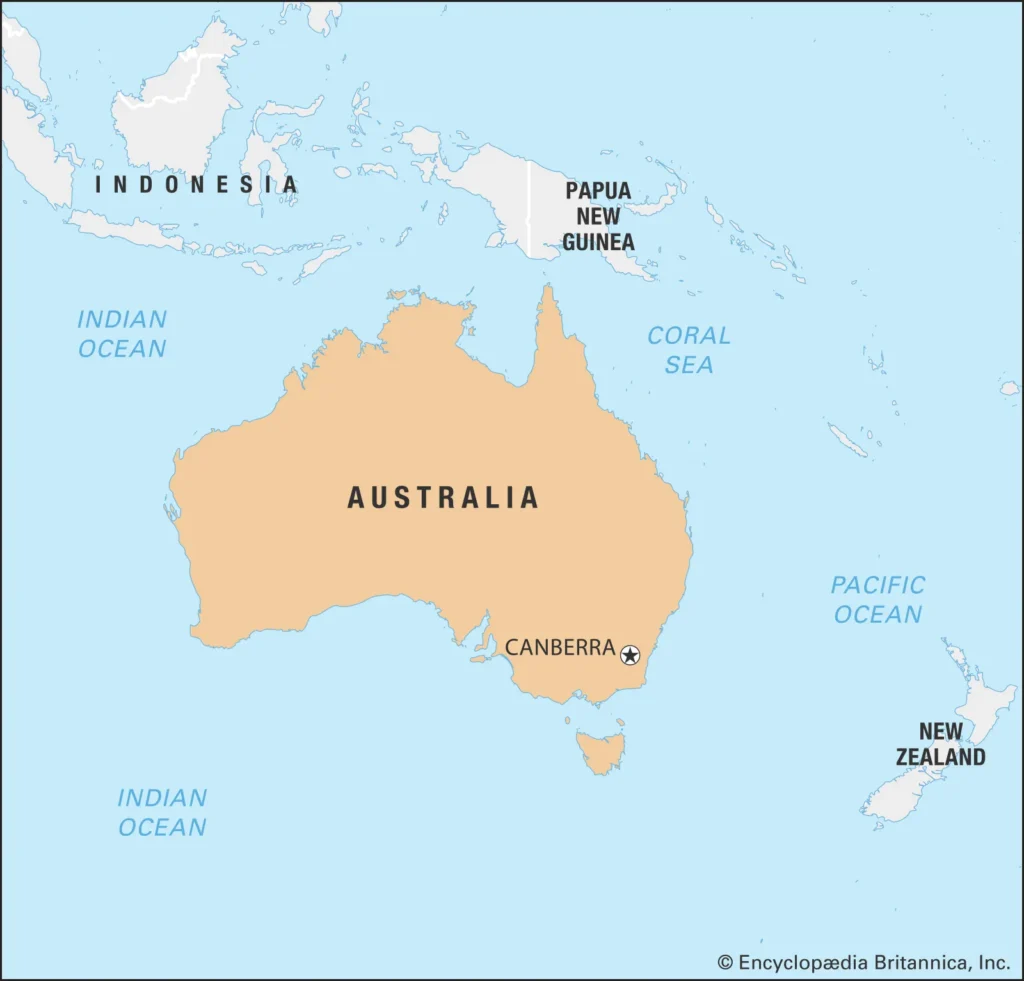
Australia, with a total area of 2.97 million square miles, ranks as the sixth-largest nation globally. With a population of just under 25 million, it stands as the 54th most populous country in the world. In 1901, Australia achieved independence and became a sovereign nation. Presently, Australia operates as a constitutional monarchy and holds the position of the world’s thirteenth-largest economy. Canberra serves as the capital and largest city of Australia, housing iconic landmarks such as the Parliament House. Australia is characterized by its diverse range of cultures, languages, and people, including the Aboriginal and Torres Strait Islander peoples. These indigenous groups have a strong connection to the land and its history, serving as the traditional custodians.
7. India

India, spanning an area of approximately 1.27 million square miles, ranks as the seventh-largest country globally. With a population exceeding 1.3 billion, it stands as the second most populous nation in the world. Situated in South Asia, India boasts a long and intricate history, dating back to its unification as a state in the 4th century B.C. Over the course of its existence, India has experienced significant transformations, including the period of British colonization in the 1800s and the Partition of India in 1947. Presently, India operates as a federal parliamentary republic and holds the position of the world’s fifth-largest economy. The capital of India is New Delhi, a bustling metropolis known for its iconic landmarks such as the Parliament Building. New Delhi is also home to other well-known buildings and serves as a significant center of governance for the nation.
8. Argentina
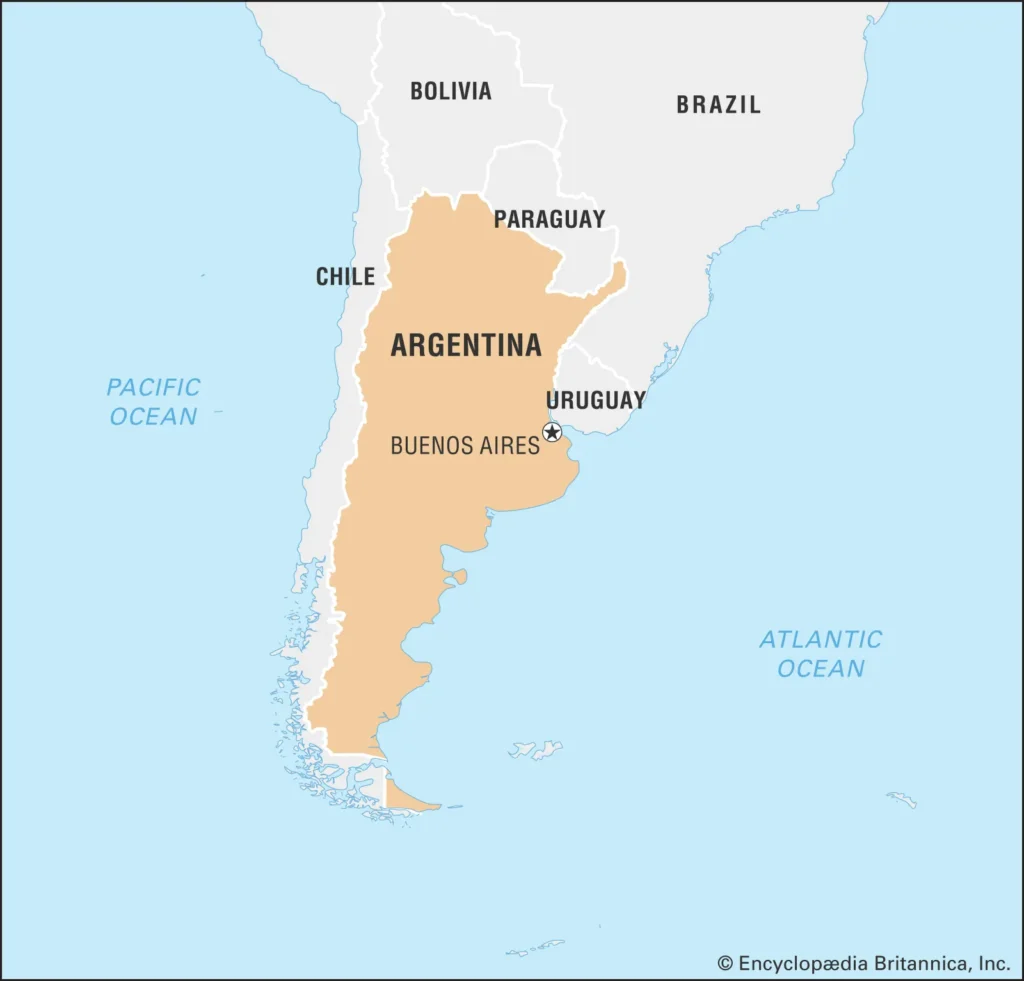
Argentina, spanning over 1.1 million square miles, ranks as the eighth-largest nation globally. With a population of approximately 44 million, it stands as the 32nd most populated country in the world. Argentina, located in South America, boasts a fascinating and extensive history, beginning with its colonization by the Spanish in the 1500s. In 1816, Argentina gained independence and became a sovereign nation. Presently, Argentina operates as a federal presidential republic and holds the position of the world’s eighth-largest economy. The capital and largest metropolis of Argentina is Buenos Aires, known for its iconic sites such as the Casa Rosada. Buenos Aires is home to many other well-known landmarks, showcasing the vibrant culture and history of the country.
9. Kazakhstan
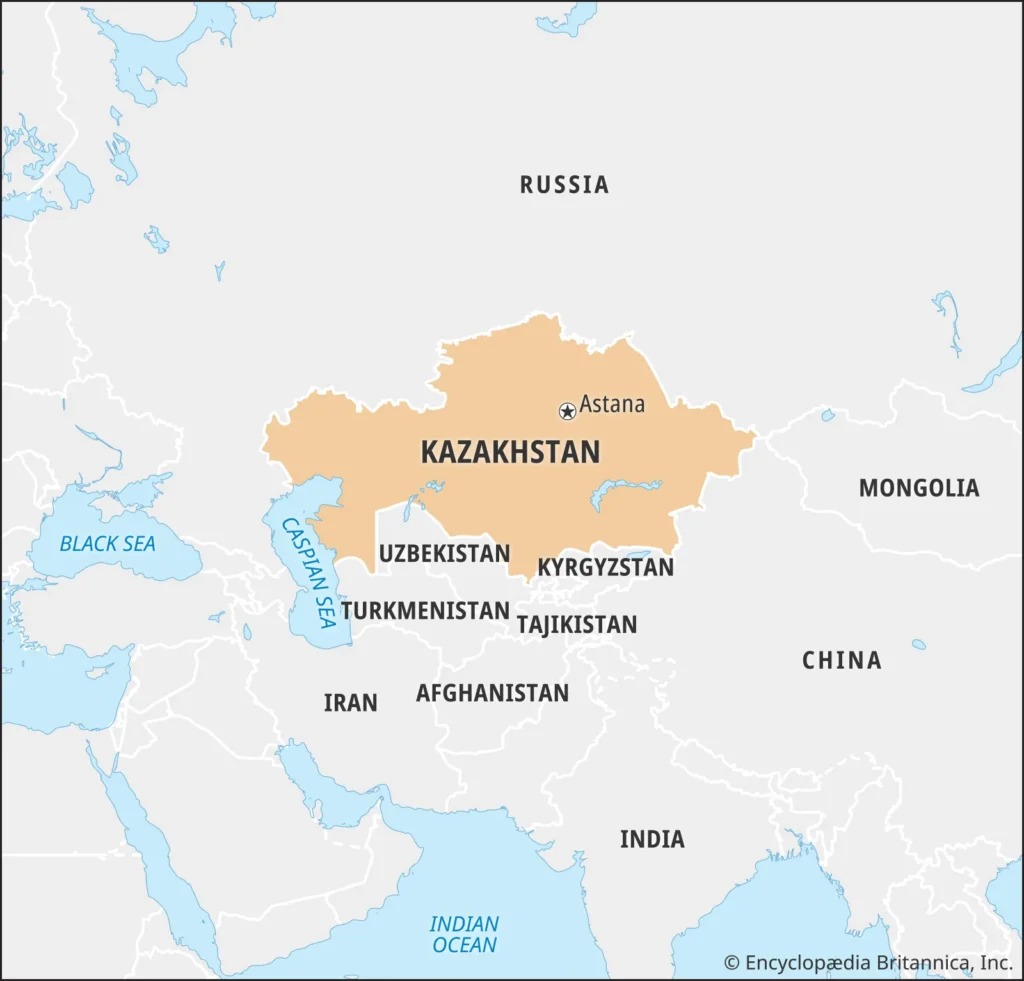
Spanning over a million square miles, Kazakhstan ranks as the ninth-largest nation globally. With a population exceeding 18 million, it stands as the 64th most populous country in the world. Kazakhstan, situated in Central Asia, boasts a lengthy and intricate history, dating back to its unification as a state in the 15th century. Throughout its existence, Kazakhstan has undergone significant changes, including the dissolution of the Soviet Union in 1991. Presently, Kazakhstan operates as a unitary presidential republic and holds the position of the world’s seventeenth-largest economy. The capital and largest city of Kazakhstan is Nur-Sultan, known for its iconic landmarks such as the Presidential Palace. Nur-Sultan is also home to various other notable sites, contributing to the rich cultural heritage of the country.
Top 10 English Newspapers in India
10. Algeria
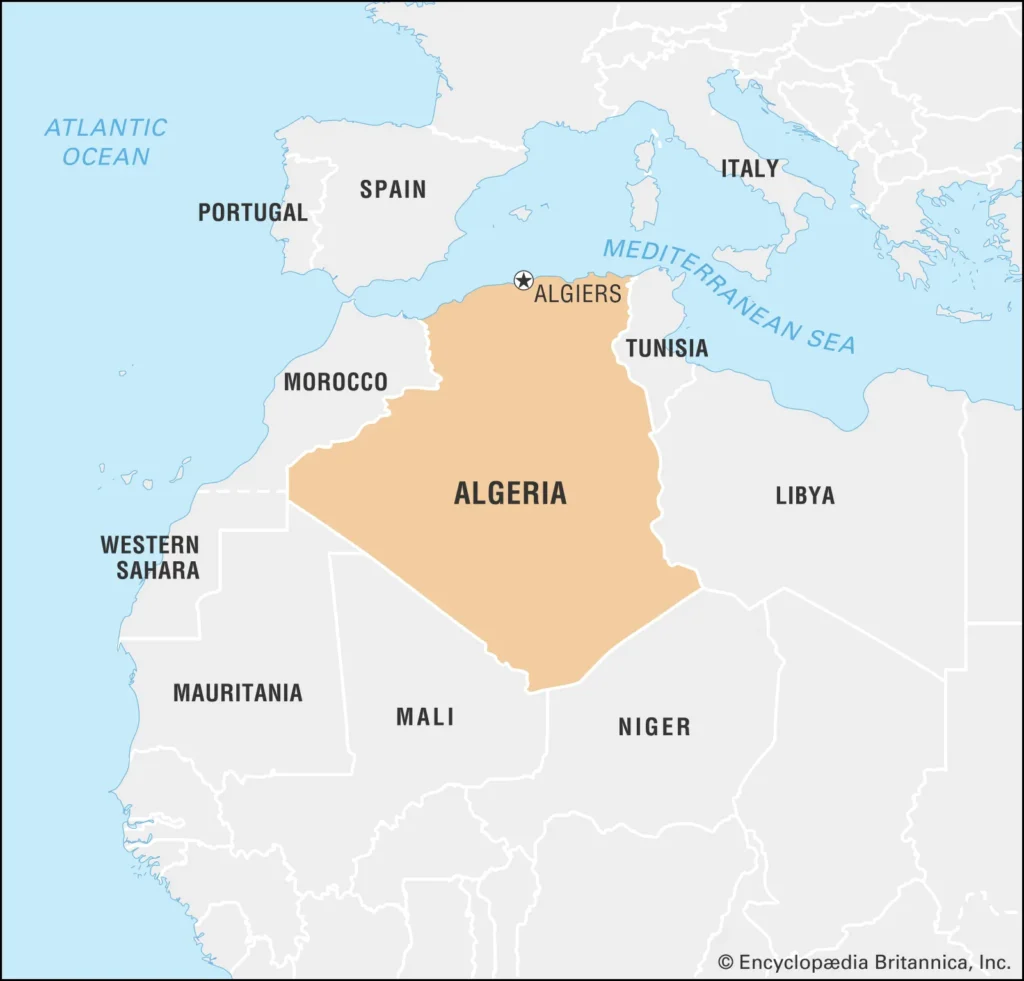
With a total area of approximately 919,595 square miles, Algeria ranks as the tenth-largest country globally. It stands as the tenth most populated nation, with a population of around 43 million. Located in North Africa, Algeria boasts a long and diverse history, including colonization by the French in the 1800s. Algeria’s history traces back to ancient times, showcasing a rich tapestry of different cultures that have called it home. Throughout history, Algeria has served as a significant hub for commerce, thanks to its advantageous location on the Mediterranean Sea. Additionally, Algeria holds importance as a center for Islamic learning and culture, contributing to its cultural heritage and significance.



